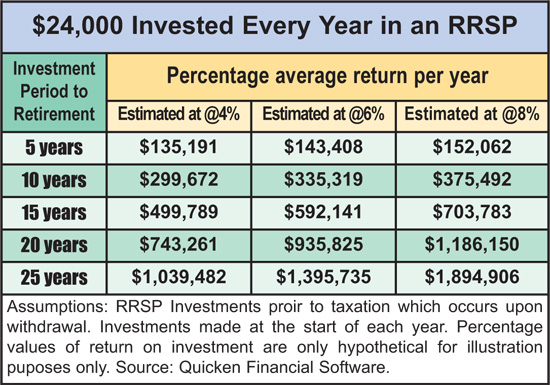
Canada Mortgage and Housing Corporation (CMHC) provides Homeowner Mortgage Loan Insurance, which is required by law to insure lenders against default on high-ratio mortgages.
A high-ratio mortgage This a mortgage with a loan value of more than 80% of the value of the home purchase price (the borrow puts down under 20%).
Note: Bear in mind, legislation may change from the date of this article. Talk to your mortgage agent for an update.
A conventional mortgage This is a mortgage with more than a 20% down payment, which means it has less than 80% of a loan to value ratio — less than an 80% stake in the home’s equity value when purchased.
Homeowner Mortgage Loan Insurance required by law
When a person is buying a home, a new homeowner, in most cases, takes out a mortgage. A mortgage is a loan taken out by a borrower referred to as the mortgagor from a lending institution, referred to as the mortgagee. The property is used as security for the debt. Homeowner Mortgage Loan Insurance is required by law to insure lenders against default on a high-ratio mortgage.
You repay the principal amount loaned to you The principal is the actual loan amount that the mortgagor is expected to repay to the mortgagee (loaning institution). Additionally, the interest is paid over the repayment period (amortization) of the mortgage.
A mortgage is a fully secured loan A mortgage is a fully secured form of financing. Thus, the interest you pay is usually less than with most other types of financing, such as when you buy a car or use a credit card. Once you have built up equity value in your home, a mortgage can finance many different things, including:
- Constructing a new home
- Purchasing an existing home
- Consolidation of debts
- Financing a renovation
- Financing the purchase of other investments
- Financing the purchase of investment property
How do you qualify for Homeowner Mortgage Loan Insurance?
- The home is in Canada.
- For CMHC-insured mortgage loans, the maximum purchase price or improved property value must be below $1,000,000. Note: Legislation may have or change at any time.
Consideration to How Much Can You Afford
Before you begin shopping for a home, it’s essential to know how much you can afford to spend on homeownership. You will want to plan ahead for the various expenses related to homeownership. In addition to purchasing the home, other significant expenses include heating, property taxes, home maintenance, and renovation as required. Two simple rules can help you figure out how much you can realistically pay for a home. You must understand these rules to understand if you will be able to get a mortgage.
Ask your mortgage agent what the typical minimum down payment is currently for the purchase price of the dwelling, depending on the dwelling type.
- Single-family and two-unit dwellings
- Three- or four-unit dwellings
Typically, the minimum down payment comes from personally owned resources. However, a down payment gift from an immediate relative is acceptable for dwellings of 1 to 4 units. For eligible borrowers, additional sources of down payment, such as lender incentives and borrowed funds, are also permitted. Check with your lender for qualifying criteria and availability.
Your total monthly housing costs, including Principal, Interest, property Taxes, Heating (PITH), the annual site lease in the case of leasehold tenure and 50% of applicable condominium fees, shouldn’t represent more than 32% of your gross household income (Gross Debt Service (GDS) ratio). Use the GDS form to calculate how much you can afford in housing costs to be eligible.
Your total debt load shouldn’t be more than 40% of your gross household income. The Total Debt Service (TDS) ratio is your PITH + the annual site lease in the case of leasehold tenure and 50% of condominium fees (if applicable) + payments on all other debt / gross annual household income. Add up your costs and determine your Total Debt Service ratio using the TDS form.
It would be best also to consider closing costs (for example, legal and land transfer fees) equivalent to 1.5% to 4% of the purchase price. Many first-time buyers are surprised by these costs.
Closing costs include but are not limited to one-time items such as lawyer fees, GST and PST as applicable, land transfer tax if applicable, adjustments, etc., to allow you to complete the house purchase.
Other requirements may apply and are subject to change.
Definitions: Since the buyer/borrower is pledging the property, he/she is “mortgaging” the property and is known as the “mortgagor”. The lender is the recipient of the pledge and therefore is the “mortgagee”. The mortgagor mortgages the property to the mortgagee.
Source: © Adviceon ® and CMHC








 Fund managers usually diversify among at least 20 companies, investing no more than 10% of the fund’s total dollars into any one security.
Fund managers usually diversify among at least 20 companies, investing no more than 10% of the fund’s total dollars into any one security.










